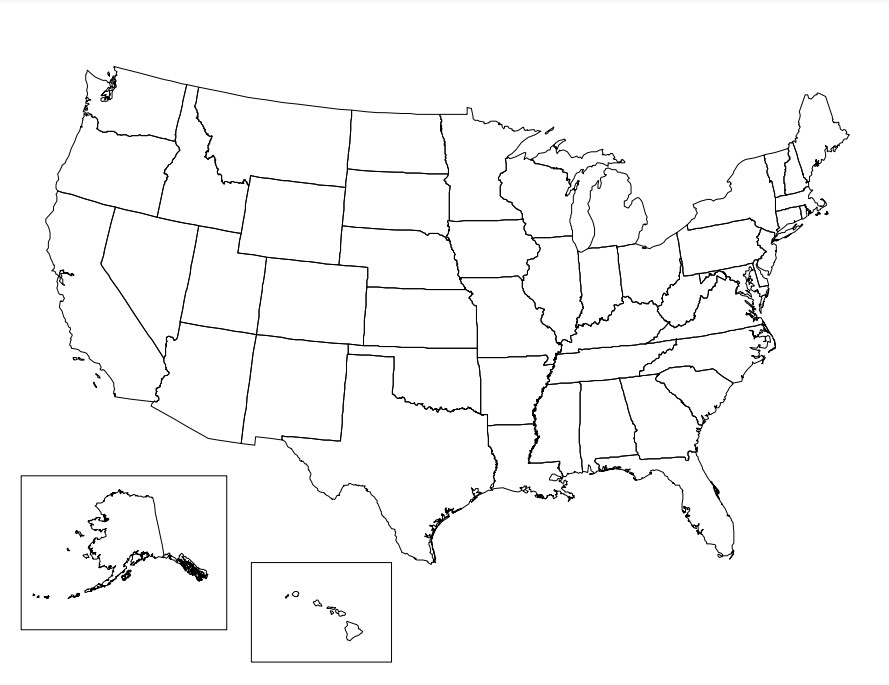Community Action Addresses Population Impacts on the Environment
(2007) Many developing countries possess abundant natural resources, but these resources can be threatened by population pressures and poverty, among other factors.
(2007) Many developing countries possess abundant natural resources, but these resources can be threatened by population pressures and poverty, among other factors.
(2007) How are environmental, poverty, and security trends in today's world affected by population dynamics? What is being done to address these issues? What is needed?

Older Adults, Communities of Color, and Renters Are Especially Vulnerable
(2009) On May 14, demographic and environmental experts discussed the health effects of climate change on the world's growing urban population at the symposium "Climate Change and Urban Adaptation: Managing Unavoidable Health Risks in Developing Countries."

(2007) Blank map of the United States for use in lesson plans.
(2006) With a population growth rate of nearly 1 percent a year, the United States is the fastest growing developed country in the world. While many European countries are facing population decline, the U.S. population is growing as fast as or faster than many developing countries. And the total population of the United States (currently at 296 million) is expected to reach 300 million some time this summer—and about 450 million by the year 2050.
(2010) The State of Metropolitan America, by the Brookings Institution's Metropolitan Policy Program, identifies five demographic trends and developments that dominated the first decade of the 2000s in the 100 largest metro areas of the United States.
(April 2011) On March 24, 2011, the U.S. Census Bureau released the final 2010 Census redistricting data files for each state that will be used to redraw federal, state, and local legislative districts

(2015) California, Florida, and Texas made up a combined 27 percent of the U.S. population in 2015 but accounted for 48 percent of U.S. population growth between 2014 and 2015, according to new Census Bureau estimates.